The Short Version
Navigating health insurance in Queensland (QLD) is more complex than it seems. With private hospitals concentrated in urban centres like Brisbane and the Gold Coast, finding the right health insurance can be challenging, especially for those in rural areas.
Our analysis reveals that not-for-profit funds often provide the best value, generally offering higher benefits as a percentage of contributions due to their member-focused approach. However, funds with the largest market share may not consistently deliver the best coverage and out-of-pocket costs.
To ensure you choose the best option tailored to your needs, consult a Fair Health Care Alliance expert, who will guide you through Queensland’s health insurance landscape and help you make an informed decision.
Summary and Conclusion
Queensland’s vast and diverse landscape influences everything, including healthcare. With private hospitals concentrated in urban centres like Brisbane and the Gold Coast, choosing the right health insurance policy can be challenging for those in rural and even metropolitan areas. Our analysis dives into the performance of various health insurers in Queensland, focusing on critical metrics like coverage of hospital charges and benefits as a percentage of contributions.
While some insurers dominate market share, this doesn’t always translate into superior performance. Not-for-profit funds often top the charts in value, reinvesting profits into member benefits. However, finding the best fund requires a closer look at individual needs and options.
In conclusion, while navigating the health insurance landscape in Queensland can seem daunting, our investigation highlights several key factors to consider, including the performance of health funds in terms of benefits as a percentage of contributions, hospital-related charges covered, and the management of gap payments. Bigger doesn’t always mean better when choosing a health fund, with not-for-profit funds often offering superior value due to their focus on member benefits over profit margins.
However, given the complexity and nuances of health insurance policies and the fact that needs can vary dramatically from one individual to another, it’s crucial to seek personalised advice. To ensure you’re making the most informed decision tailored to your specific healthcare needs in Queensland, we encourage you to speak with a Fair Health Care Alliance advisor. Our experts are well-equipped to guide you through the options and help you find the best health insurance solution for your situation.
What is the best insurance in QLD?
Queensland, affectionately known as the Sunshine State, spans over 1.7 million square kilometres and boasts a vibrant community and a diverse geography ranging from coastal stretches to outback landscapes. With such a vast expanse, the health facilities, particularly private hospitals, are concentrated heavily around major urban centres like Brisbane and the Gold Coast, with fewer options as one moves inland.
In Queensland, the health insurance landscape is equally nuanced, with various products and policies that may not be well-recognised by local health providers across the state. In this article, we dive headfirst into investigating which health insurers might better serve Queenslanders. It’s not correct to say one health insurance fund is the “best.” However, looking closely at the leading measures of success can show us which funds are doing well in Queensland.
The evaluation will focus on the coverage of hospital charges, the extent of doctors’ gap payments, the ratio of benefits to member contributions, and the market presence of the funds within Queensland. The analysis draws upon the latest figures from the Commonwealth Ombudsman’s State of the Health Funds Report, refreshed annually on April 1st with data from the previous year. It’s critical to note that the data is subject to slight variations and will be updated in the future. While we will highlight the top performers, it is essential to remember that the health insurance market in Queensland is broad, with numerous options available.
For personalised advice on navigating Queensland’s health insurance offerings, contacting Fair Health Care Alliance for expert guidance is recommended.
Queensland Health Insurance Market Share
The figures below explore different areas that indicate the performance of these health funds in Queensland, particularly in terms of how effectively they manage contributions, hospital charges, and out-of-pocket costs for their members. The data is based on the most recent Private Health Insurance Ombudsman information.
| Health Fund | What percent of QLD do they own? | What percent of their members are in QLD? |
|---|---|---|
| Medibank | 32.20% | 21.10% |
| Bupa | 32.00% | 21.50% |
| HCF | 7.00% | 11.70% |
| NIB | 6.40% | 13.20% |
| Defence Health | 3.50% | 29.20% |
| TUH | 3.00% | 90.90% |
| QCH | 2.10% | 95.40% |
| Australian Unity | 2.00% | 12.70% |
| CUA Health | 1.70% | 52.50% |
| GMHBA | 1.50% | 11.50% |
| Westfund | 1.40% | 35.00% |
| CBHS | 1.30% | 15.40% |
| HBF | 0.80% | 1.80% |
| Police | 0.70% | 34.60% |
| RT Health Fund | 0.70% | 33.60% |
| Health.com.au | 0.60% | 18.90% |
| HIF | 0.50% | 9.60% |
| Peoplecare | 0.40% | 12.10% |
| Doctors' Health | 0.40% | 21.30% |
| Teachers Health | 0.40% | 3.40% |
| All Others Funds Combined | 1.48% | N/A |
Bigger Isn’t Always Better
Benefits as a Percentage of Contributions in Queensland
| Health Fund | Benefit as a % of Contributions |
|---|---|
| HBF | 87.90% |
| HCF | 87.70% |
| CBHS | 84.20% |
| AHM | 83.40% |
| Medibank | 83.40% |
| Peoplecare | 83.30% |
| AIA | 83.20% |
| Health Partners | 81.90% |
| Industry Average** | 81.10% |
| BUPA | 80.90% |
| Queensland Country | 79.80% |
| Latrobe | 79.00% |
| NIB | 79.00% |
| GMHBA | 78.90% |
| HIF | 78.80% |
| Defence Health | 76.40% |
| Australian Unity | 70.00% |
We’ve ranked the table above based on benefits as a percentage of contributions made by members. This metric essentially reflects how much each health insurer returns to its members in benefits and payouts relative to their premiums. Whether covering in-patient or out-patient medical expenses, doctor’s gap fees, extras payouts, or any other health benefits, this figure illustrates the overall value each health fund provides in Queensland.
It’s not surprising that not-for-profit health funds dominate the top of this ranking. Without shareholders to appease, these funds reinvest all profits back into their members, often in the form of enhanced benefits. However, it’s important to note that this metric doesn’t necessarily reflect the value of individual policies within each health fund. Each fund offers a variety of products and policies, each with unique value propositions. The ratings provided are a general measure of overall health fund performance and should be viewed in that context.
Portability
Don’t re-serve waiting periods when you switch to a new health fund or policy
“John was immediately covered for a hip replacement in private hospital because he had already served his waiting periods for joint replacements on his old policy”
Hospital Charges Covered in Queensland
| Health Fund | % of Charges Covered |
|---|---|
| Health Partners | 90.60% |
| BUPA | 89.70% |
| HBF | 89.60% |
| Peoplecare | 89.40% |
| AHM | 88.90% |
| Defence Health | 88.90% |
| Medibank | 88.90% |
| Industry Average** | 88.90% |
| HCF | 88.30% |
| HIF | 87.20% |
| Latrobe | 87.20% |
| Queensland Country | 86.70% |
| Australian Unity | 86.40% |
| GMHBA | 85.00% |
| NIB | 84.40% |
| AIA | 82.10% |
In Queensland, the figures represent the amount that each health insurer paid on average of the total cost for in-patient treatments, where 100% is the total cost for the medical treatment.
The Commonwealth Ombudsman describes it as: “…charges for hospital accommodation, theatre costs, prostheses and specialist fees (not including the Medicare benefit) and associated benefits (after any excesses and co-payments are deducted).”
It’s important to note that the industry average for hospital-related charges covered in Queensland is 88.9%, slightly below the average of all states: 89.9%
Finding a health insurer that will provide above-average coverage on hospital-related charges is a tough challenge. Still, we at Fair Health Care Alliance can help with the heavy lifting.
Percentage of Services With No Gap or Known Gap in Queensland
| Health Fund | % of Charges Covered |
|---|---|
| HBF | 99.00% |
| BUPA | 98.40% |
| Health Partners | 98.40% |
| Defence Health | 98.00% |
| Latrobe | 97.70% |
| Peoplecare | 97.70% |
| Australian Unity | 97.40% |
| HIF | 97.30% |
| Queensland Country | 97.30% |
| HCF | 97.00% |
| Industry Average** | 96.80% |
| AIA | 96.70% |
| AHM | 95.10% |
| Medibank | 95.10% |
| GMHBA | 92.30% |
| NIB | 89.80% |
What percentage of Services in Queensland do health insurers provide with No Gap or Known Gap?
In Queensland, the percentage of in-patient health services where no gap was charged reflects the instances where patients did not face out-of-pocket expenses beyond what Medicare covers. This occurs when doctors participate in a gap-cover scheme with the patient’s health insurer.
A “No Gap” procedure means that the doctor waived the gap fee entirely. Conversely, a “Known Gap” procedure indicates a reduced cost, but not wholly eliminated. These figures represent the proportion of private procedures in Queensland performed without a gap or with a reduced gap.
Health insurance in Queensland is complex due to varying levels of access to private hospitals and medical services. Rural Queenslanders might face similar challenges in Western Australia, with most private hospitals concentrated in urban centres like Brisbane. Some health funds offer better travel and accommodation benefits, aiding those who need to travel long distances for medical care. Others provide more affordable options for those using public hospitals as private patients.
Given these factors, it’s challenging to identify the single best health fund in Queensland. Different funds cater to various needs, so seeking advice for your situation is essential. Feel free to contact us for personalised health insurance advice and to explore options based on performance metrics.

Alexander is a dedicated health insurance advisor with years of industry experience and consulting across key Australian sectors. He has helped over 1,000 Australians save more than $100,000 annually by finding tailored health insurance solutions. With a focus on product knowledge and customer education, Alexander guides clients through the complexities of health insurance, offering expert advice based on evolving industry trends. His mission, inspired by his nonna’s poor experience with health insurance, is to ensure Australians avoid overpaying for health coverage, providing advice as if he were helping his own family.







